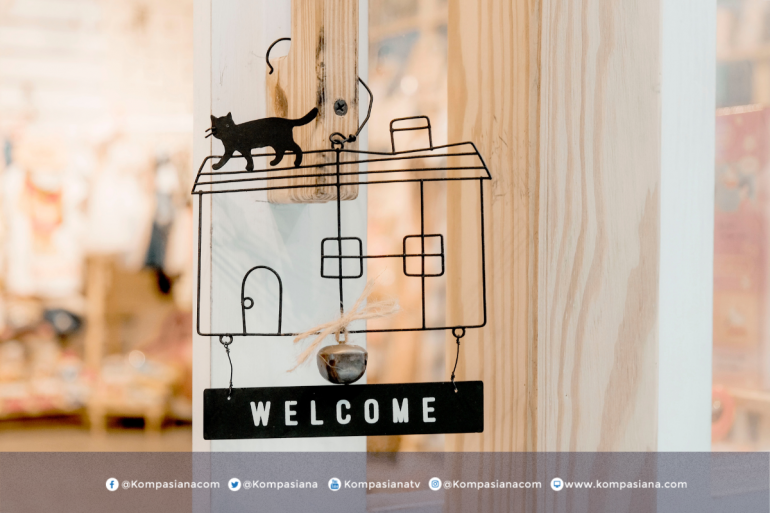Green roofs soften hard edges. Courtyards bring light into otherwise heavy forms. Adaptive reuse projects breathe new life into aging brutalist structures. Universities turn old libraries into vibrant co-working hubs. Housing estates gain communal gardens that balance their concrete weight. The skeleton remains, but the skin evolves.
Why Brutalism Still Matters Today
Brutalism's endurance isn't about nostalgia—it's about relevance. The philosophy of truth in materials feels strikingly modern in an era obsessed with authenticity. A building that reveals its beams, ducts, and unfinished textures reflects a culture tired of artificial polish. Brutalism reminds us that architecture can be raw, honest, and unfiltered.
There's also pragmatism. Cities face housing shortages, affordability crises, and the need for sustainable construction. Brutalist principles of durability and social purpose align perfectly with these challenges. A well-built concrete block can last centuries if maintained properly. And adaptive reuse of existing structures prevents the environmental costs of demolition and new construction.
More importantly, Brutalism sparks debate. It forces people to ask uncomfortable questions: What should public architecture look like? Should buildings prioritize beauty or durability? Do we value honesty in materials or illusion in facades? The fact that Brutalism still stirs strong feelings—decades after its birth—proves that it continues to shape how we think about space and community.
The Echo in Modern Design
Look closely at contemporary architecture, and Brutalism's shadow appears everywhere. Cultural centers adopt monolithic facades, their concrete walls softened by interior light. Housing projects carve out shared courtyards, drawing directly from Brutalist ideas of communal living. Even high-end homes borrow the aesthetic, turning concrete into a marker of sophistication rather than austerity.
The broken edges of Brutalism are being refined but not erased. Its honesty remains. Its monumental forms still inspire awe. And in an architectural world too often dominated by glossy, disposable trends, Brutalism offers a reminder: strength, endurance, and truth in materials can outlast fashion.
Conclusion
Brutalism was never meant to be universally loved. Its mission wasn't charm—it was clarity, function, and endurance. For decades, it was condemned, even destroyed. Yet today, it survives as both artifact and inspiration. Not because people suddenly decided concrete is beautiful, but because the philosophy behind Brutalism still speaks to modern needs.
Brutalism is not a relic. It's a reminder. And as long as architecture seeks honesty, durability, and relevance, its echo will continue to shape the skylines of tomorrow.
Follow Instagram @kompasianacom juga Tiktok @kompasiana biar nggak ketinggalan event seru komunitas dan tips dapat cuan dari Kompasiana. Baca juga cerita inspiratif langsung dari smartphone kamu dengan bergabung di WhatsApp Channel Kompasiana di SINI







